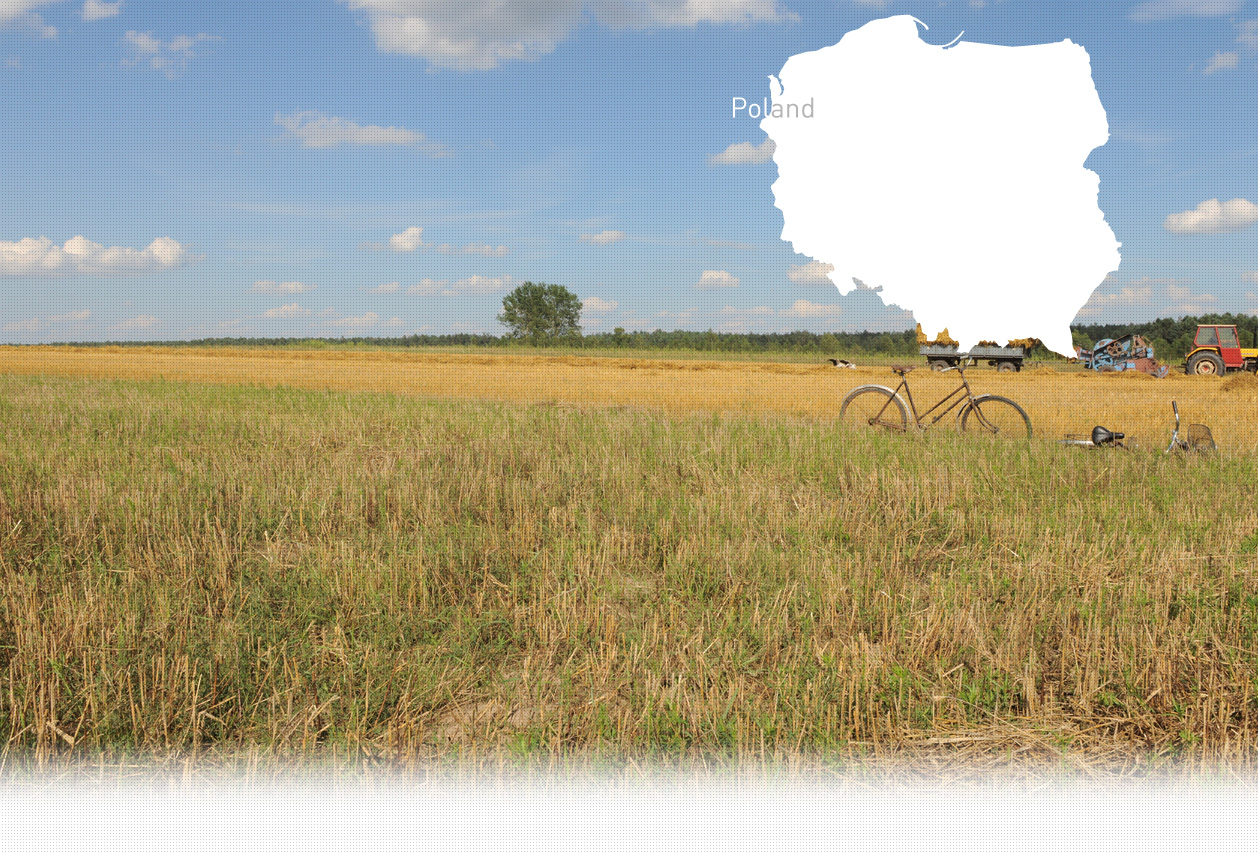

2 Killing site(s)
Czeslaw S., born in 1935, recalls: “When Jews were deported from the town, Germans took what they wanted to take. Then, they organized an auction and sold to Poles all the belongings left by Jews inside the houses. This auction was conducted by Germans. The auctions were directly organized in the Jewish houses. They sold mainly furniture and objects useful in the everyday life. The prices were fixed by Germans but they weren’t expensive.” (Witness n°1028, interviewed in Chęciny, on May 28th, 2019).
1/ Date and place of execution: 14.9.1942 in Chęciny.
2/ Type of execution: Shooting.
3/ Data concerning the killed people:
Poles, Jews, foreigners: Jews.
How many people killed: about 40 people.
Where were the victims from: unknown.
5/ Who made the execution: Gendarmes and Gestapo. [Questionnaire on mass executions and mass graves n°251. (Miejscowosc: Chęciny; Gmina: Chęciny; Powiat: Kielce; Wojewodztwo: Kieleckie; RG-15.019M]
Chęciny is located 13km south-west of Kielce. Jews settled in the town in the 16th century. They had a synagogue and two prayer houses as well as a cemetery. The community was quite significant during the second half of the 19th century; they made up about 70% of the entire population of the town. They were mainly craftsmen and traders. With over 230 businesses, the majority belonged to the Jews. In 1939, out of 7,459 inhabitants, 3,120 were Jewish comprising 42% of the total population.
Chęciny was occupied by Germans on September 4, 1939. From 1940 some Jewish belongings were confiscated and their businesses were taken over by non-Jews. The first killings started in the spring 1940, when dozens of Jews were taken to be killed in the forest near Zamkowa Gora.
Starting from April 1941 and until July, all the Jews from the town, as well as the Jews from Jedrzejow, Malogoszcz and Sobkowa, were moved into the closed ghetto. Initially, the ghetto numbered about 3,600 inmates, but in September 1942 it went up to 4,000 due to the arrival of the Jews from Lopuszno. The Poles, who lived in its territory, were forced to move out and settle down in the empty Jewish houses. Due to overcrowding and poor living conditions, typhus broke out several times. The Jews fit to work were forced to perform different kinds of labor, including road constructions, cleaning and others. In April 1942, about 500 Jews were sent to the labor camp in Skarzysko-Kamienna. The ghetto was liquidated on September 12, 1942 by the German gendarmerie. On this day all the Jews were rounded-up at the market place and then taken in the direction of Wolica, located 8km away, from where they were deported to the Treblinka extermination camp. About 40 Jews, mainly sick and those unable to walk, were shot dead on September 14, 1940. Supposedly, according to the local witnesses, the Jewish police members were shot as well at this time. Those who managed to escape were found and were killed in December 1942.
Do you have additional information regarding a village that you would like to share with Yahad ?
Please contact us at contact@yahadinunum.org
or by calling Yahad – In Unum at +33 (0) 1 53 20 13 17